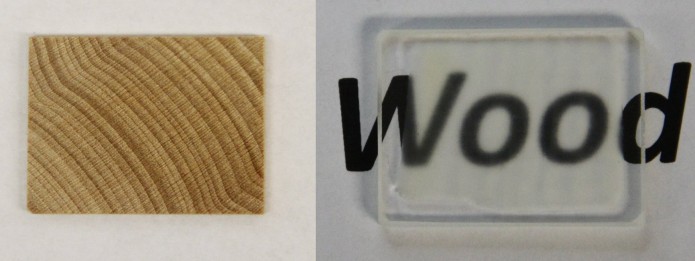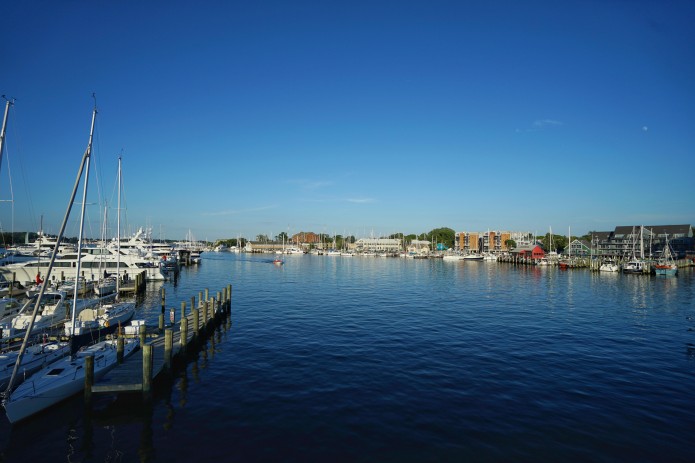2016, September 12-14, Westin Arlington Gateway (801 N Glebe Rd Arlington, VA 22203)
Overview
This workshop will bring together research leaders in academia and government labs, along with those in small and large businesses, to discuss the state of the art and potential future directions in paper-based electronics. A goal of the workshop is to address future potential directions for research and scalability in electronic devices, packaging, system architectures, healthcare, and the environment. By determining the high-impact opportunities in these areas, focused efforts will overcome relevant scientific challenges in the physics and processing of paper-based electronics. Future work in paper-based electronics will leverage the physical properties of cellulose or cellulose-like materials while being biodegradable, renewable, and environmentally benign. Continue reading

